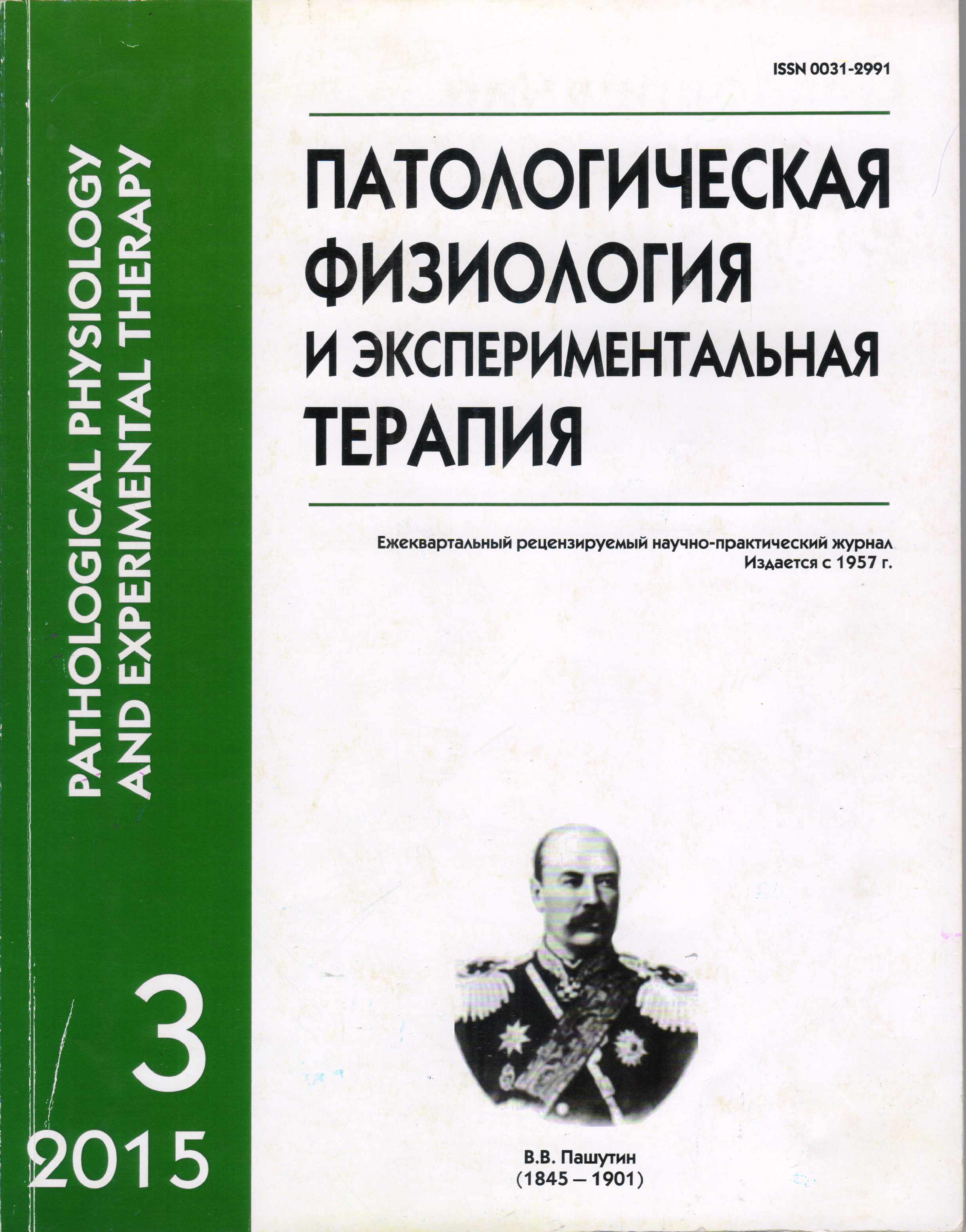Hypercapnia — alternative hypoxia signal incentives to increase HIF-1a and erythropoietin in the brain
Keywords:
hypoxia, hypercapnia, erythropoietin, HIF-1a, tolerance to ischemia, resistance to hypoxia
Abstract
Investigated the role of hypercapnic component in the mechanism of activation of HIF-1a and increase the synthesis of erythropoietin in the combined and the isolated impact of hypoxia and hypercapnia. It was found that the content of proteins of interest significantly increases both in isolated hypoxia and hypercapnia, and at their combined effect. Moreover, the hypercapnic hypoxia causes maximum activation of the synthesis and accumulation of erythropoietin HIF-1a, and permissive hypercapnia enhances their content more than hypoxic exposure.Downloads
Download data is not yet available.
Published
11-11-2015
How to Cite
Kulikov V. P., Tregub P. P., Kovzelev P. D., Dorokhov E. A., Belousov A. A. Hypercapnia — alternative hypoxia signal incentives to increase HIF-1a and erythropoietin in the brain // Patologicheskaya Fiziologiya i Eksperimental’naya Terapiya (Pathological physiology and experimental therapy). 2015. VOL. 59. № 3. PP. 34–37.
Issue
Section
Original research






